Navigating the GitLab repository
If you’ve ever needed to debug a GitLab issue or understand how a particular feature works, you’re in luck – GitLab’s open-source nature means all the answers are right there in the code. But with over 2 million lines of code spread across thousands of files, finding those answers can feel like searching for a needle in a particularly large and complex haystack.

Managing Multiple GitLab Identities for Home and Work
Many developers need to interact with GitLab using different identities – a personal account for passion projects and a work account for professional endeavors. Juggling these can be cumbersome, leading to accidental commits with the wrong email or access issues. This guide provides a step-by-step approach to configuring your system to seamlessly manage multiple GitLab profiles, automatically selecting the correct SSH keys and user configurations based on the repository’s location.

Token-Zero: When you need a token to create a token
When automating a GitLab installation, you’ll often need to create “token zero” - the first access token used to bootstrap your automation processes. Unlike the initial root password, this token is specifically scoped for API interactions during setup. This creates a chicken-and-egg situation: you need a token to make API calls, but you need to make an API call to create a token.

Simulating GitLab Activity
Self-hosted GitLab instances are critical infrastructure for many organizations. While setting up GitLab is straightforward, operating it at scale requires deep understanding of its behavior under real-world conditions. This is where user activity simulation can become invaluable.

Building a Blog with Hugo and GitLab Pages
Setting up a personal blog doesn’t have to be expensive or complicated. In this guide, I’ll walk you through creating and hosting a blog using Hugo (a fast static site generator) and GitLab Pages (free hosting) - complete with a custom domain name and SSL certificate. The best part? Outside of the cost of a domain name it’s completely free!